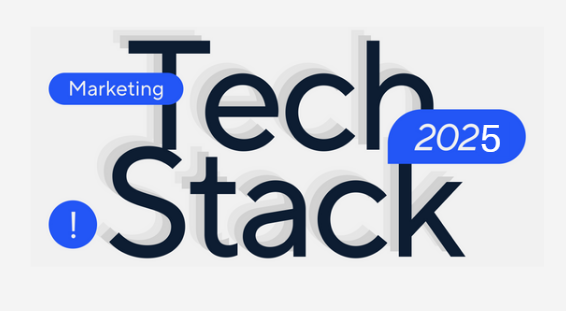
In today’s digital-first business environment, marketing success hinges on the ability to deliver personalized, data-driven campaigns at scale. But that’s only possible when the tools in your marketing technology (martech) stack communicate effortlessly. Enter API integrations — the silent workhorses behind a seamless and synchronized martech ecosystem.
What Are API Integrations?
APIs (Application Programming Interfaces) are software intermediaries that allow different applications to “talk” to each other. In the context of marketing, API integrations enable various tools — CRMs, email platforms, analytics systems, ad networks, and more — to exchange data in real time.
Rather than working in isolated silos, integrated tools create a cohesive, automated workflow that improves efficiency, accuracy, and the ability to act on insights quickly.
Why API Integrations Matter in Marketing –
- Unified Customer View –
Marketing data is scattered across platforms — think CRM systems (like Salesforce), email marketing tools (like Mailchimp), web analytics (Google Analytics), social media platforms, and customer support tools. API integrations allow you to centralize this data to build a unified customer profile. With complete visibility, marketers can create hyper-targeted and relevant campaigns.
- Real-Time Data Flow –
Speed matters. With API-powered integrations, customer actions (e.g., a website visit or an email click) can instantly trigger automated workflows — like sending a follow-up email, alerting sales, or retargeting on social media — without any manual intervention.
- Scalability and Flexibility –
As your marketing needs evolve, APIs make it easy to plug in new tools or replace outdated ones without overhauling your entire stack. This modularity helps you scale and adapt quickly to new trends or customer behaviors.
- Reduced Manual Work and Errors –
APIs automate data transfers, reducing the risk of human error and freeing up your team from repetitive tasks like exporting/importing CSV files. This ensures cleaner data and more reliable campaign performance.
Building an API-Integrated Marketing Stack: Key Steps –
- Audit Your Existing Stack –
Start by identifying all the tools your marketing team uses. Map out what data each tool collects, how it’s used, and whether it’s connected to other platforms. This will highlight gaps and integration opportunities.
- Define Your Goals –
What do you want to achieve with your stack? Better lead nurturing? Faster reporting? Cross-channel campaign automation? Your goals will guide which integrations matter most.
- Prioritize Core Systems –
Your CRM, email marketing platform, and analytics tools form the backbone of your stack. Ensure they are tightly integrated and can serve as reliable sources of truth for customer data.
- Leverage Middleware and Integration Platforms –
Tools like Zapier, Tray.io, Workato, and Make (formerly Integromat) allow for no-code/low-code integrations between hundreds of apps. They’re especially useful if your team lacks in-house developer resources.
Common API Integrations in Marketing –
Popular integrations that deliver quick wins include connecting your CRM (e.g., Salesforce or HubSpot) with your email marketing tool (e.g., Mailchimp), linking your web analytics (e.g., Google Analytics) with ad platforms (e.g., Facebook or Google Ads), and integrating your e-commerce store (e.g., Shopify) with customer communication tools (e.g., Klaviyo). These connections help automate lead management, retargeting, reporting, and customer engagement, boosting campaign performance and ROI.
Challenges to Consider –
Despite their benefits, API integrations come with certain challenges. Data privacy and compliance are critical, especially with laws like GDPR and CCPA. It’s important to ensure all data transfers are secure and that customer information is handled responsibly. Additionally, some APIs have rate limits or may occasionally go offline, so your systems should be built to handle such disruptions gracefully. Lastly, data consistency is vital — mismatched fields, formats, or time zones can lead to confusion and incorrect insights, so validation processes must be in place.
Conclusion –
In an era where customer expectations are high and competition is fierce, a well-integrated marketing technology stack is not just a luxury — it’s a necessity. API integrations play a crucial role in making this possible by connecting disparate tools into a cohesive system that is fast, accurate, and intelligent. With the right approach, businesses can unlock real-time insights, improve customer targeting, and scale marketing operations without increasing complexity. Ultimately, APIs empower marketers to focus less on the mechanics and more on strategy, creativity, and delivering exceptional customer experiences.

